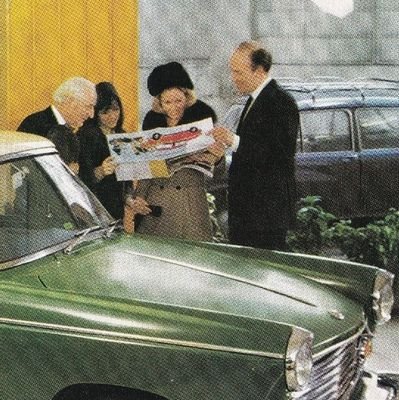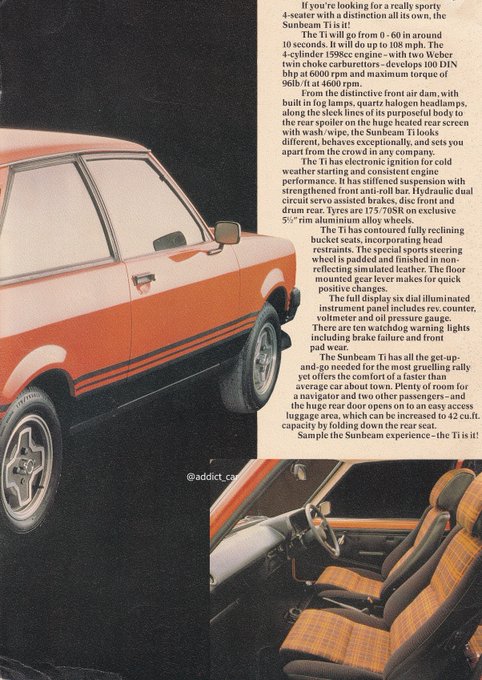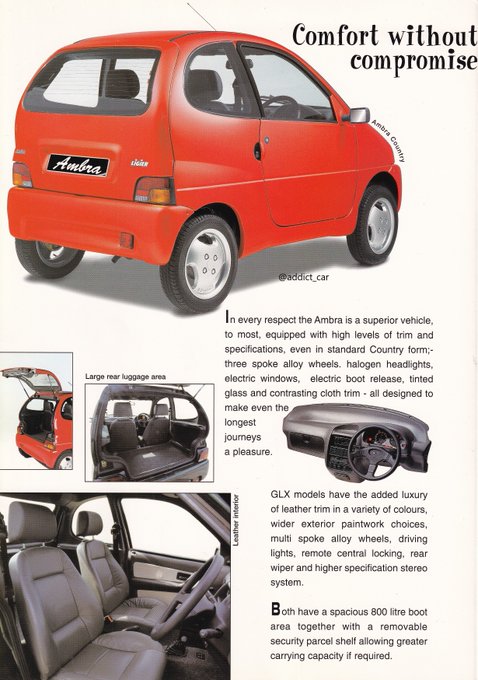The Fiat Panda 100HP was rather a deviation from the model's normal practical budget territory, but the 1.4 16V-engined six-speed 115mph version of the second-generation body was well-received. This 2006 UK brochure called it 'the full sports car experience'. #carbrochure #Fiat
One of many examples of low-budget attempts to create British sports/racing supercars, the 1993 R42 by Dorset-based GT Developments was intended be a modern reinterpretation of the Ford GT40. It was later known as the Spectre R42, but very few were ever made. #carbrochure #GTD
The Scottish-built Sunbeam was the car funded by the British taxpayer to help save Chrysler UK from collapse, being a hastily-developed, cut-down Avenger. The model would soon become a Talbot after PSA's acquisition of Chrysler's European operations in the UK, France and Spain.
Despite its name the Chrysler Sunbeam Ti was not fuel injected: the sporty 108mph model, launched in 1979, in fact used the Avenger Tiger's 1600cc twin-carb engine. Its impact was rather overshadowed by the later arrival of the 2.2-litre Sunbeam Lotus. #carbrochure #Chrysler
Citroën's 2CV family of vehicles was remarkably practical, but the ultimate useful version was the plastic-bodied Méhari, named after a type of camel. This 1974 French brochure shows the various roof combinations and how easy it was to hose out the car. #carbrochure #Citroen
Renault had greater ambitions for the Alpine GTA than its A310 predecessor, including making RHD versions for the UK (where it was initially sold simply as a Renault, since PSA held the rights to the Alpine name). The 200bhp GTA Turbo sat above the 160bhp V6. #carbrochure #Alpine
#MicrocarMonday French 'quadricycles' arrived quite late on the UK market. Reliant, looking for a replacement for its three-wheeled range, briefly imported the curvaceously-styled Ligier Ambra from 1999. It featured familiar Rover 100 front and rear lights. #carbrochure #Ligier
Known as the Cherry in Europe. Nissan's N12 Pulsar was a global success. This New Zealand brochure features the hatchback range on sale in 1984 under the slogan 'simply chic'. The top-of-the-range model was this 'sophisticated and snappy' Pulsar 1.5 SSS. #carbrochure #Nissan





















